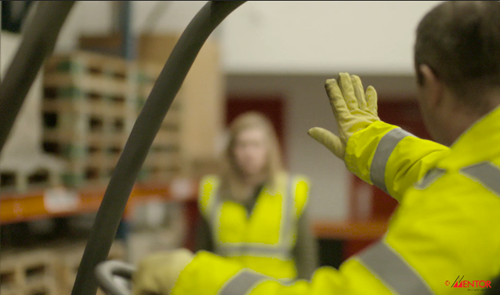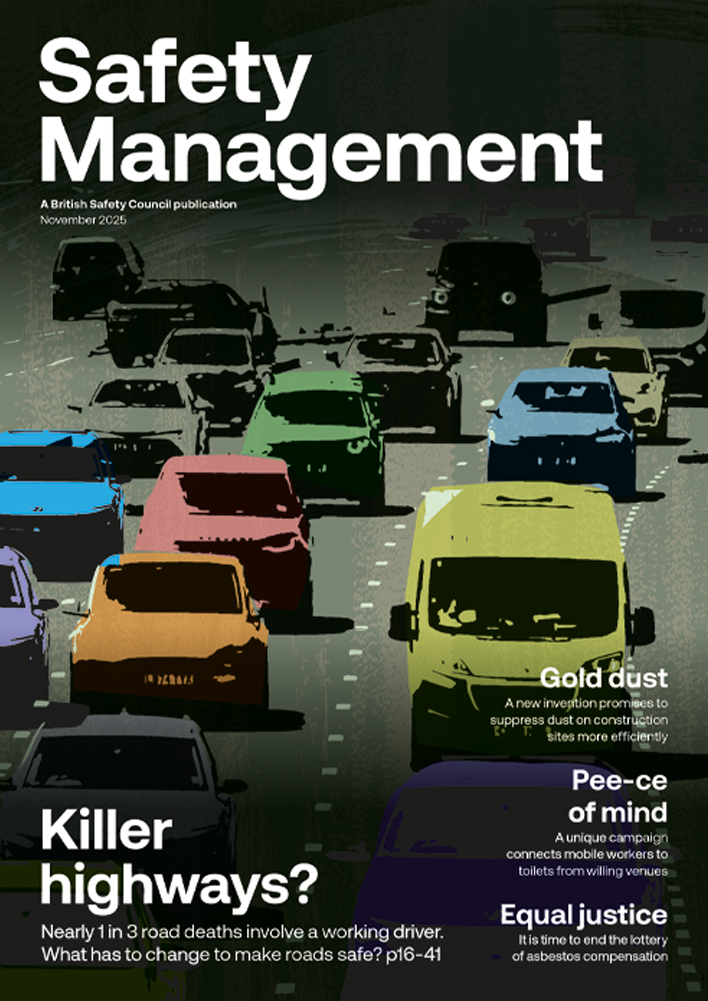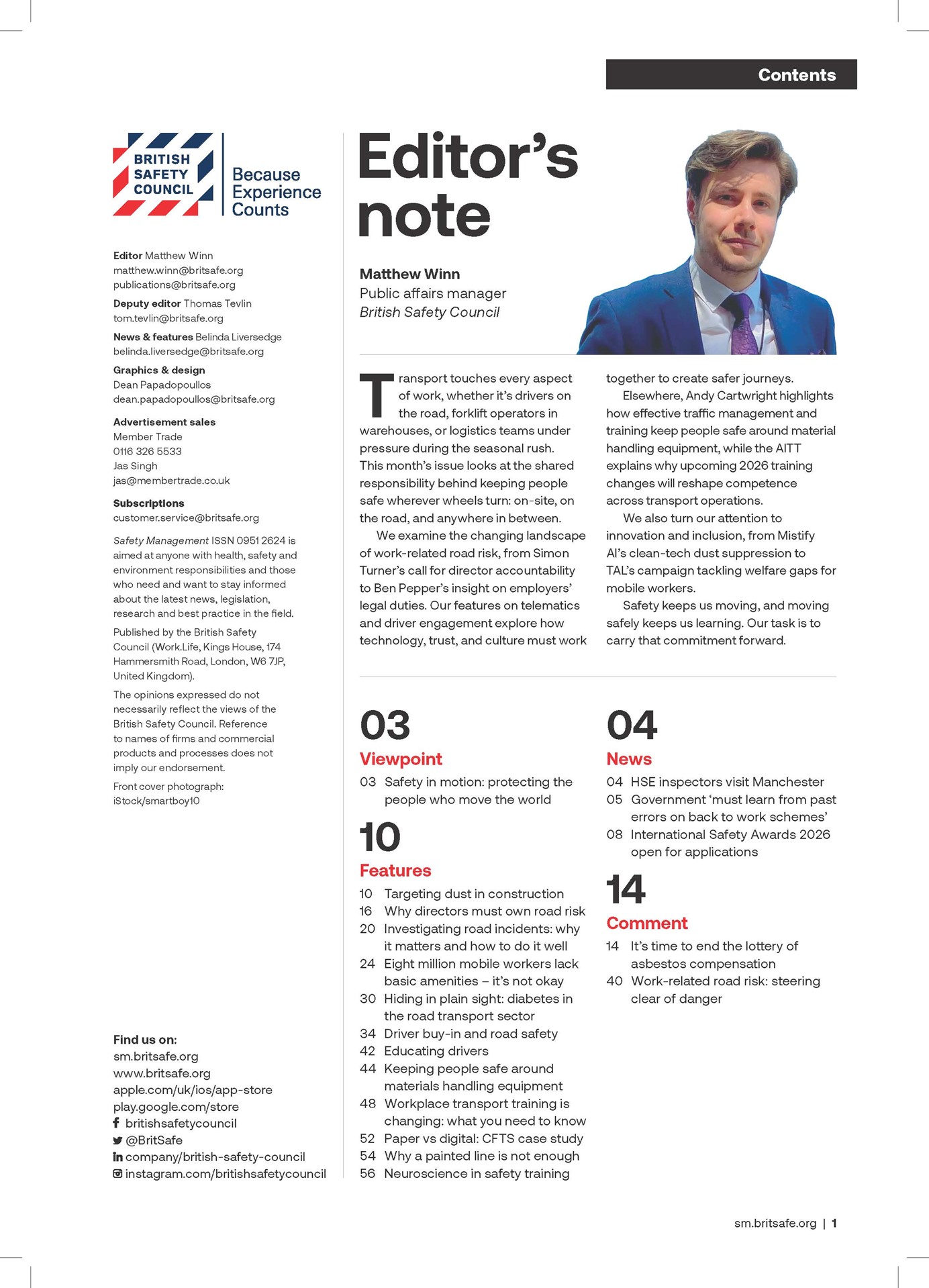Many workers are feeling anxious about returning to the workplace as Covid restrictions are eased, so it’s vital employers communicate effectively with staff about the precautions in place to protect them from the virus.
Features
A nervous return
On 23 March 2020, the UK implemented strict measures to safeguard the health of the population during the Covid-19 pandemic. While key workers kept on going out to work in hospitals and supermarkets, office workers across the country were hastily converting bedrooms, living rooms and kitchens into makeshift offices.
Working at home took a few weeks to adapt to. Many fretted at having to use new online technologies such as Zoom, while the nation’s dogs were exhausted from all the walks they were now expected to go on.
 It should be recognised that anxiety about returning the office is justified. The road out of a pandemic is bumpy and while the risks from Covid-19 have been reduced due to the vaccine, we are still in uncharted territory and some risks may remain. Photograph: iStock
It should be recognised that anxiety about returning the office is justified. The road out of a pandemic is bumpy and while the risks from Covid-19 have been reduced due to the vaccine, we are still in uncharted territory and some risks may remain. Photograph: iStock
Initially, most of us assumed that the measures would be temporary and after the summer we would be back in our workplace offices, but as 2020 turned into 2021 the UK government recommendation remained that people should work from home where possible.
Some people adapted well to home working and enjoyed not having to battle the morning rush hour. Others found working at home a challenge. Unreliable computers, home schooling and loneliness all took a toll.
However, people understood the need for social distancing, so they upgraded their internet speed, bought ear plugs to block out home distractions and acquired a slightly larger pair of lounge pants. By now most of us have fully adapted to home working – it has become our ‘new normal’.
Moving forward, we are likely to see an increase in opportunities for home working. However, as we emerge from the Covid-19 pandemic and restrictions are relaxed, many employers want their employees to work on-site, at least part-time.
 Sarita Robinson, Deputy head for the School of Psychology and Computer Science University of Central Lancashire
Sarita Robinson, Deputy head for the School of Psychology and Computer Science University of Central Lancashire
The question is how do we persuade the nation’s office workers to change out of their slippers and back into their work shoes?
Overcoming physical and mental barriers
Practical barriers, such as lack of childcare, will hamper the migration back to company offices. Some schools have reduced wraparound care and summer holiday club provision due to the pandemic. The return to the office could be especially difficult for working parents who need to juggle work and family responsibilities.
Employees may also lack transport options, with train timetables having been reduced, while workplace car parking may also be at a premium as more people drive to work due to anxiety about using public transport. However, even if all the practical barriers are removed, employees may still be anxious about returning to work.
It should be recognised that anxiety about returning the office is justified. The road out of a pandemic is bumpy and while the risks from Covid-19 have been reduced due to the vaccine, we are still in uncharted territory and some risks may remain.
As home workers have not previously had to deal with a Covid-19 work environment, we will see many people undertaking a form of personal risk–benefit analysis before they return to the workplace. It is important to remember that people will differ in how much of a risk Covid-19 poses to them. For example, a young employee with no pre-existing health conditions may well be more willing to come into the office, while someone in their late 50s, who suffers from diabetes, may be more hesitant due to the greater risk.
 Christina Buxton, Programme leader in psychological trauma University of Chester
Christina Buxton, Programme leader in psychological trauma University of Chester
More generally, people vary in their level of risk tolerance, with some people being more risk averse than others. Risk assessments can therefore be a helpful way for employers and employees to establish the actual level of risk posed by returning to the workplace. However, even if someone objectively has a low level of risk in relation to Covid-19, they may still suffer with anxiety regarding returning to work.
How employers can help
In order to reduce anxiety, organisations need to build and enhance trust with their employees. Employees will need reassurance that their workplace is safe and so offering timely, accurate and relevant information relating to their return to work is important. An absence of information can lead to rumours spreading which in turn can undermine employees’ confidence. The retention of mask use in office environments and enhancing cleaning protocols can also help to alleviate anxiety that some employees may feel.
It is also important that employers provide clarity about what the employee’s job role will be, to ensure that employees feel they have the competence to do what is being asked of them. During a pandemic is not a good time to change a person’s work duties as this can cause uncertainty and increase workplace anxiety.
Finally, offering financial incentives and additional leave in recognition of the extra effort, duties or hours worked during the pandemic was recently found to rank as a top incentive to increase willingness to return to work, especially for younger staff members.
Ultimately, although some home workers are desperate to ditch their comfy lounge pants and slippers and get back to the office, for others it will not be so straightforward. Some employees may be anxious about returning to work due to greater risks associated with catching Covid-19, whereas others may be risk averse.
Most importantly, employers must acknowledge these concerns and work to build trust with their workforce to show that they are providing a safe working environment.
Dr Sarita Robinson is Deputy head for the School of Psychology and Computer Science, University of Central Lancashire (UCLan)
Christina Buxton is Programme leader in psychological trauma, University of Chester
Government, HSE and Acas guidance on working safely and returning to the workplace during Covid-19 is at: bit.ly/3sKsGA1
FEATURES

Targeting dust in construction
By Belinda Liversedge on 30 October 2025
Rohan Jindal was cycling to college in Dehli where he was studying engineering, when he had to stop. Not because of the hot sun beating down, but because he couldn’t breathe. And although asthmatic, that wasn’t the trigger. Looking all around he saw construction sites emitting large clouds of dust. This was his ‘a ha’ moment. “What,” he asked himself “do they do in construction to supress the dust?”

Paper vs digital – how CFTS is revolutionising work equipment inspections for members
By Rob Fisher, CFTS on 30 October 2025
A new mobile app makes it easier for CFTS-accredited businesses to manage the delivery of Thorough Examinations of customers’ work equipment, but it also benefits the customer through automated reminders about the safety of their machine and the results of the examinations.

Keeping people safe around material handling equipment at peak times
By Andy Cartwright, Mentor FLT Training on 30 October 2025
For many businesses, the Christmas and New Year period sees increased use of equipment like forklifts as customer demand, sales and goods handling surge, so it’s essential that measures like adequate segregation of people and machines are in place to keep everyone safe.



